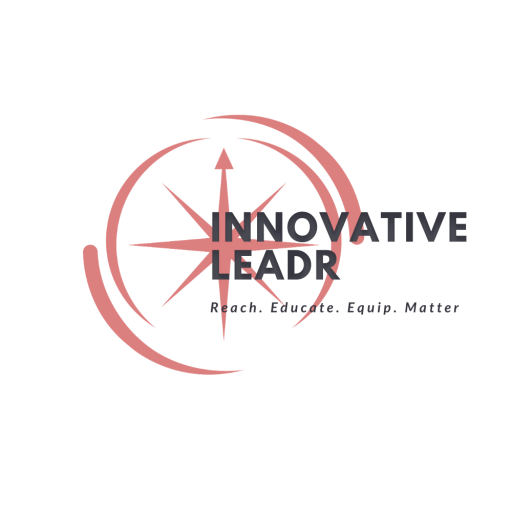School Leadership – School Instructional Programs, Curriculum & Initiatives
How often as leaders of an organization do we implement a new instructional program, new curriculum or new initiative only to see it fail after only a short time? It’s often easy to look around and point to reasons why:
1) Teachers didn’t have the enough resources or proper training
2) Teachers didn’t have enough time
3) Teachers have too much on their plates
4) The technology wasn’t reliable, etc.
As leaders of our organization, do we ever look in the mirror for any of the reasons? How often do we reflect on what we as leaders did or didn’t do to make sure that the implementation was a success? There are 3 simple steps that leaders can take to help ensure higher levels of implementation.
1) Be present during the training
2) Clearly communicate the timeline and expectations
3) Follow up and provide coaching and feedback as needed
To ensure a higher probability of a successful implementation, organization leaders need to be at the table all along the way. I’m all for cross functional teams that include representation from all areas when deciding the direction, but how often is top leadership at the table beyond that point? As leaders, we need to be a part of the training so that we can be aware of what the expectations are for staff. Not only do we need to be present, but we need to be present and aware. . .not checked into email and all of the other pulls on our time. If we expect our teachers and those who are implementing to give it 100%, then we need to do the same. We’ve all heard the saying that you have to “inspect what you expect.” If you’re not at the table when those expectations are being shared, how do YOU know what you need to inspect?
Often, we implement a new initiative, but we haven’t clearly communicated what we expect by when. A clearly communicated implementation timeline should be developed prior to the initial training and implementation so that all parties know what to expect and by when. The document should be revisited by the implementation team along the way and adjustments made as needed based on feedback and data from the roll out through full implementation. Leadership should build in process checks along the way to determine if things are progressing as planned or if teachers need more support to meet the expectations defined.
The third step that can be taken to help ensure a more successful implementation is for leadership to provide on-going feedback throughout the process. Teachers and staff need to know if they’re meeting the targets set out in the implementation timeline. If not, they need feedback, coaching and support to help them get back on track. It’s also a valuable time to get feedback from teachers on what’s working well and what areas they may need more support as a whole group. This allows leadership to tweak the timeline and expectations if needed based on the data to support.
At the end of the day, any successful implementation takes leadership presence. Presence during the training so that teachers see the importance. Presence to know what the expectations are for accountability of implementation. And, presence to know what is actually working and not working during the implementation.
